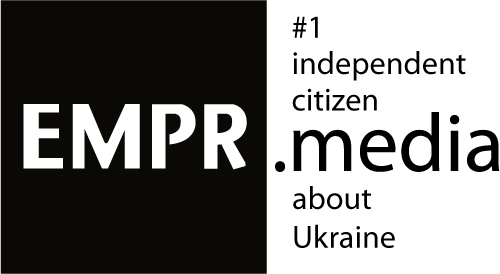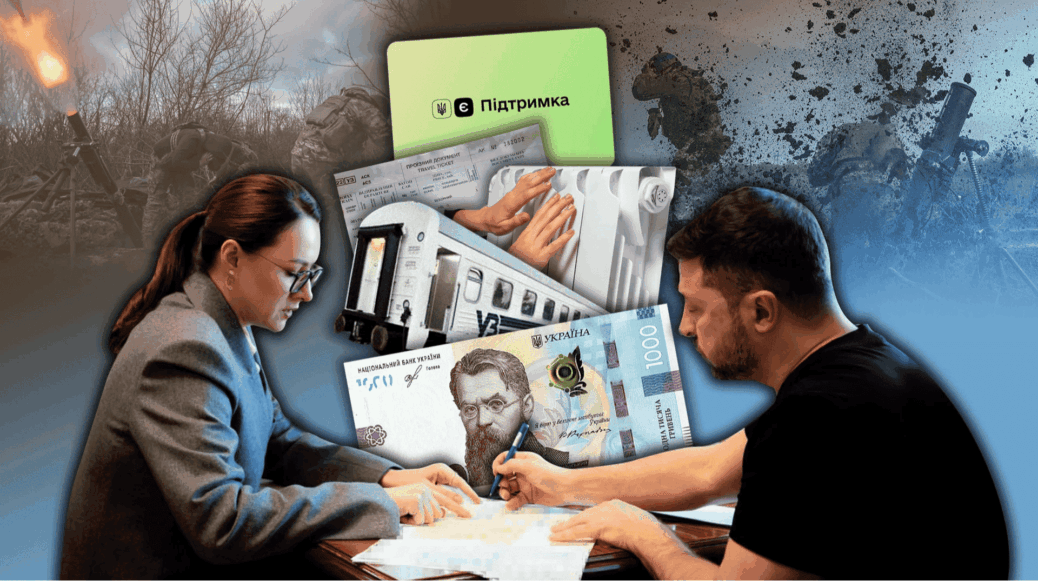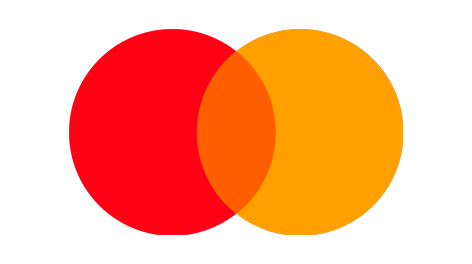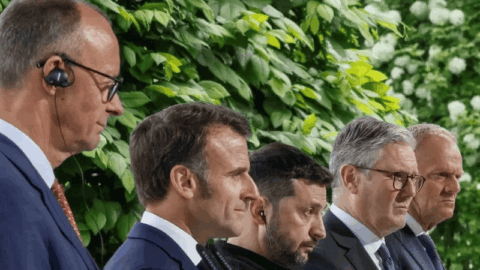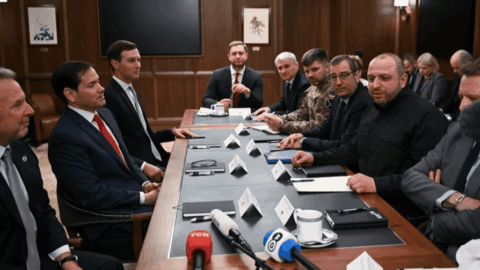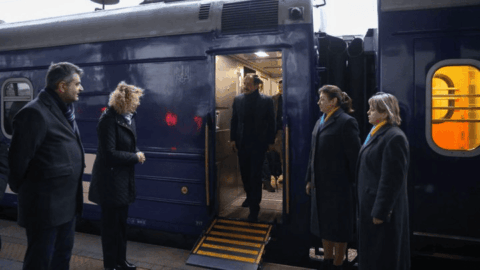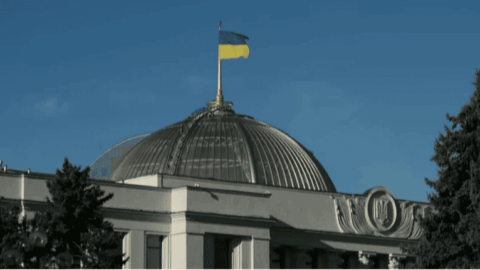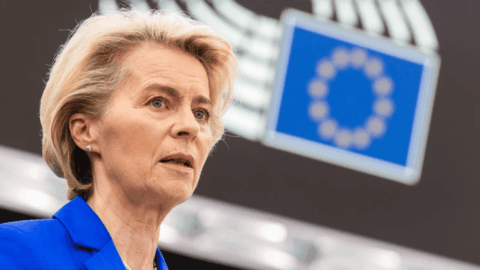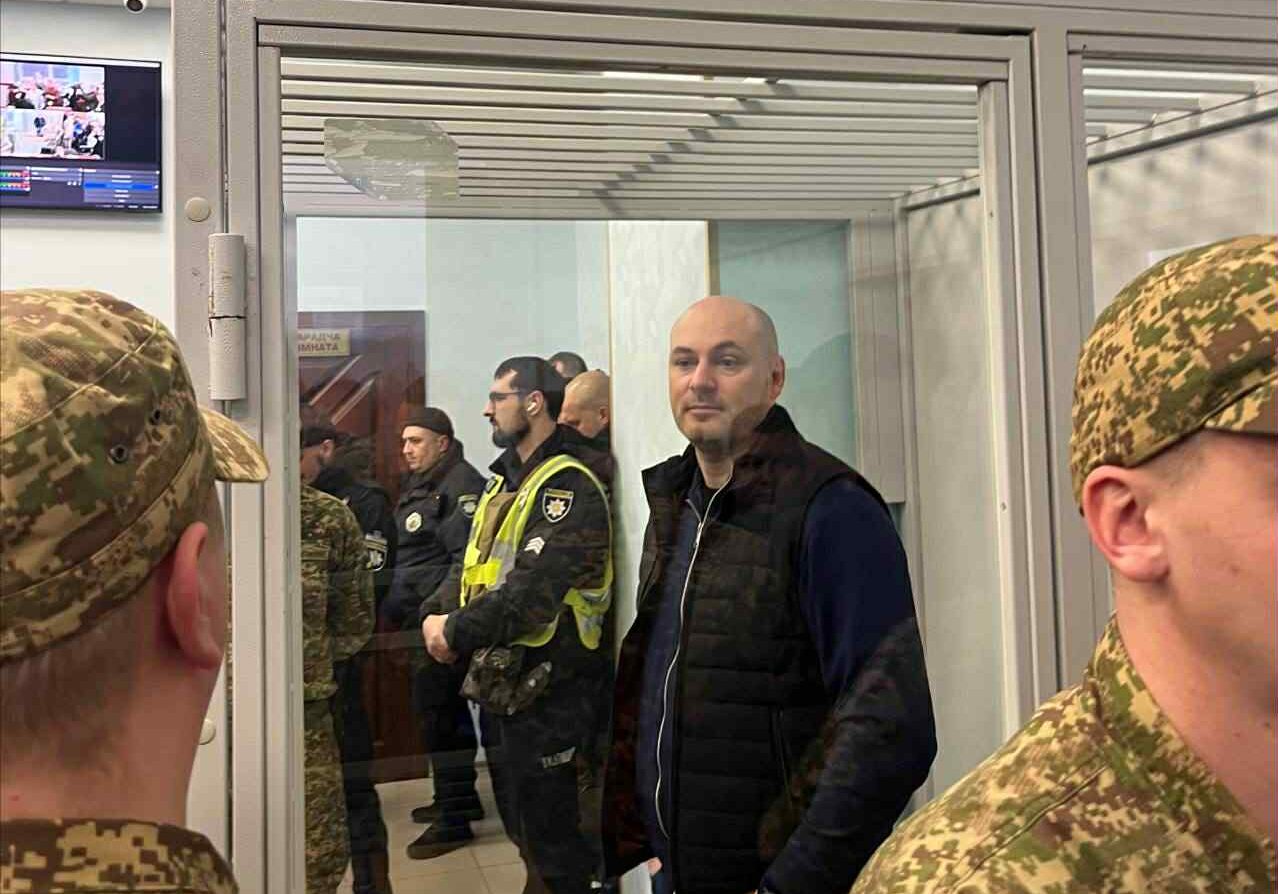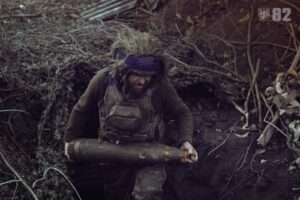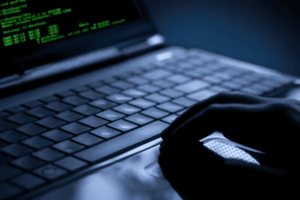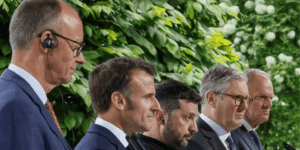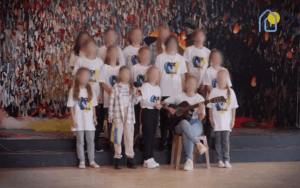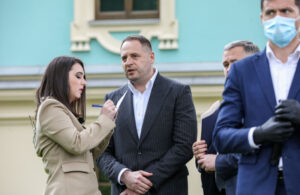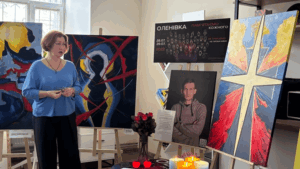Ukrainian authorities keep announcing new social initiatives, including cash payments, free train travel, and health benefits, while military spending for 2026 remains unchanged despite ongoing war challenges.
Payments under the “National Cashback” program have not reached Ukrainians’ accounts for two months due to a lack of funding for the program — EP.
According to government sources, funding was planned to be “transferred” from the reserve fund, but the money there has also run out.
Despite these funding problems, the government has already announced new support programs. These include a distribution of 1000 UAH to anyone interested, a one-time payment of 6500 UAH to socially vulnerable groups, and free train rides within 3000 km.
Read more about Zelenskyy’s social assistance programs in EP’s article.
On the eve of winter, President Zelenskyy announced another package of social assistance for Ukrainians. Everyone except the government questioned the feasibility of implementing his initiatives during wartime.
On November 1, President Volodymyr Zelenskyy announced a new large-scale winter support program for Ukrainians. Among other measures, it includes the “Vova’s Thousand,” 6500 UAH for socially vulnerable citizens, and a new free train travel program.
Ironically, the idea for the new support program came at a time when millions of Ukrainians are still waiting for payments from previous programs, including the “National Cashback.” EP readers complain that the state has not yet paid even August funds, which were supposed to arrive by the end of September.
Moreover, the government announced new support programs amid uncertainty about its ability to fund even the most urgent needs in 2026. Two months before the new year, approximately $19 billion in civilian budget expenditures remain uncovered. Funding for defense needs is also in question.
The only chance to secure funding is a reparations loan from the EU. However, the adoption of this decision is currently stalled in Brussels due to concerns over potential legal disputes with Moscow.
Winter “Non-Populism”
For the second winter in a row, Ukrainians will receive additional government support. This time, the state’s generosity has increased. The new government “winter support” program will consist of several components:
- A one-time payment of 1,000 UAH to all Ukrainians without restrictions (to receive the funds, an application must be submitted through “Diia”);
- A one-time payment of 6,500 UAH for the most socially vulnerable citizens (orphans, children under guardianship, children with disabilities in foster families, displaced children, internally displaced persons with children, and single pensioners);
- A free train travel program within 3,000 km.
In addition, the government included in the support package a “freeze” on heating and electricity tariffs for household consumers.
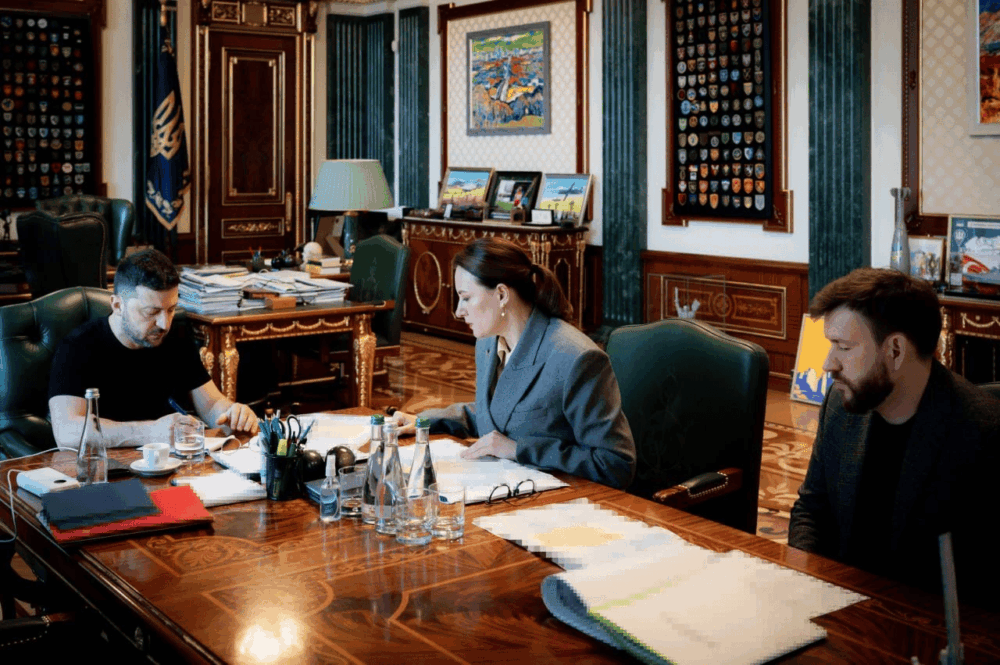
The announced package has sparked mixed reactions among parliamentarians and economists. The main criticism is the lack of a targeted approach. In the context of a major war, the government is distributing an extremely limited financial resource not to those who need it most, but as social benefits and direct cash payments to everyone.
It is no surprise that after the program’s details were announced, Zelenskyy and Prime Minister Yuliya Svyrydenko’s government were accused of populism. The latter firmly rejects these claims: “This is not populism. If not the government, then who should help the people? This is our job, our responsibility.”
The Cabinet has announced preliminary estimates of how much all this will cost the budget. However, these figures also raise many questions.
For the “Zelenskyy Thousand,” the government expects to spend 10 billion UAH, meaning, according to their estimates, 10 million citizens will benefit. Last winter, a similar payment was received by almost one and a half times more people — 14.4 million Ukrainians — with corresponding expenditures of 14.4 billion UAH. Presumably, the government hopes to reduce the number of recipients this time, as applications for the payment will be accepted for only one month: from November 15 to December 15. Last year, applications were submitted throughout the entire winter.
Even more questions have been raised by the “UZ-3000” program. According to company representatives, providing the right to free travel will supposedly cost the budget nothing. “To compensate for potential lost revenue from those who use the ‘kilometers’ but would have traveled anyway for money, we are simultaneously introducing compensators, including more flexible pricing in the premium segment, which is still regulated. So these additional kilometers do not increase the burden on the state budget,” explained UZ CEO Oleksandr Pertsovskyi.
The company says that during off-peak periods (which periods exactly are currently unknown), trains run half-empty. In any case, UZ spends money operating these trips: on staff salaries, electricity, or fuel. According to UZ management, if unsold tickets are distributed for free, costs will barely change. Overall, this could involve 200–250 thousand seats per month.
Not everyone agrees with this logic. According to calculations by Professor Oleg Nivievskyi of the Kyiv School of Economics, implementing the free travel program could cost the company up to 17 billion UAH in additional expenses, which would fall on the state budget. Furthermore, redirecting some passengers to free trips will reduce the number of those traveling for paid tickets, thereby decreasing UZ’s revenue.
“If half of those who received last year’s winter support (7 million people) take part in the promotion and make two round trips totaling 2,000 km, the total passenger turnover from the program would be 14 billion passenger-kilometers. This is about 88% of UZ’s total long-distance passenger turnover in 2024.
Of course, demand for paid intercity travel will not drop by the full 88%, but the lost revenue from ticket sales will still be significant,” reflects Oleksandr Parashchii, head of the analytical department at the investment company Concorde Capital.
Moreover, if UZ distributes train tickets for free during off-peak months, what incentive will there be to buy tickets for these trips? As a result, these services risk becoming fully subsidized and unprofitable.
Currently, the entire passenger segment of Ukrzaliznytsia is unprofitable. According to Deputy Chairman of the Supervisory Board Serhiy Leshchenko, this year the company will need 16 billion UAH in state budget support. Recently, the government allocated 8 billion UAH to UZ, which had previously been taken from the Kyiv city budget.
Even assuming that the “UZ-3000” program costs the state nothing, finding even 14 billion UAH for the rest of the “winter support” initiatives will be extremely difficult.
Where to Find the Money
“Payments for August are still being processed in ‘Diia.’ The July payment also arrived late,” complain EP readers, who have not received government payments under the advertised “National Cashback” program for two months.
The government launched the “National Cashback” at the beginning of 2024 not just as a program to stimulate domestic producers, but also as a social support program for Ukrainians. This is how it is described on the “Made in Ukraine” website. However, even its social purpose did not save the National Cashback from running out of funds.
According to EP sources within the government, there is no budget funding for the cashback payments. It was planned to be “transferred” from the reserve fund, but the money there has also run out, which is why payments are delayed.
Sources at the Ministry of Finance assure that a decision to allocate money from the reserve fund has been made and that the funds should soon reach Ukrainians’ accounts. However, they did not specify exactly when this will happen.
Finding additional funds for new support programs while there is not enough for the old ones is no easy task.
Last year’s “winter support” was financed primarily thanks to leftover funds from other support programs administered by the Ministry of Economy. For example, the state barely used money allocated for demining agricultural land, stimulating investments, and financially supporting industrial parks. Funding for the “National Cashback” was also almost unused by the end of 2024.
In 2025, the Ministry of Economy does not have such a reserve of unused funds. According to Openbudget, for January–September (the latest available data), the largest unused balances were for humanitarian demining programs (almost 2 billion UAH) and grants for starting businesses (about 570 million UAH). The total unused balance for Ministry of Economy programs amounted to only 8 billion UAH.
An EP source familiar with budget financing noted that this year’s “winter support” will be funded using money allocated in the Ministry of Social Policy’s programs. “However, there are certain legal nuances: not all programs allow funding this (the cash handouts — EP). They have specific procedures and targeted use of funds,” he said.
Over the first nine months, the Ministry of Social Policy used only 61% of funds for the family social protection program, 59% for the social protection program for citizens in difficult life circumstances, and 51% for support of low-income families. The total amount of unused funds in just these three programs amounted to 52 billion UAH. However, most of this money will go toward its intended purpose, leaving the government with little room for budget maneuvering.
Problematic 2026
The decision to distribute money to all Ukrainians was made at a time when the government had barely managed to fund the most essential — military expenditures.
In all previous years of the major war, international partners agreed to provide financial assistance only on the condition that these funds would not be used for military needs. In other words, Ukraine had to fund the war on its own, while the rest of the expenses were covered by foreign governments.
In 2025, this rule was broken. At the beginning of the year, the United Kingdom allowed its share of a loan backed by frozen Russian assets (ERA Loans), $3 billion, to be used to purchase weapons.
However, this did not save the government from problems funding the war. By summer, it became clear that the state would not have enough funds to pay military personnel for the last two months of the year, and there are no domestic sources to cover this need.
In October, parliament approved budget amendments, allocating an additional 300 billion UAH for military payments. The funds were agreed to be provided by the European Union, allowing part of its share in the ERA Loans to be used for defense needs. However, EP sources in the government describe this step as a “one-time action,” so there is currently no certainty that international funds can be used for the war in the future.
Over the past three years, the cost of the war for Ukraine has risen significantly. According to Roksolana Pidlasa, chair of the Verkhovna Rada Budget Committee, while one day of war cost $140 million in 2022, it reached $172 million in 2025.
This amount is already unsustainable for the Ukrainian economy. If combat activity does not decrease in 2026, it is possible that the cost of the war will rise further, and without international financing or a significant tax increase, Ukraine will not be able to fund all military expenditures.
At the same time, non-military needs have not disappeared. Just weeks before the start of 2026, the government does not know how to finance civilian expenditures of $19 billion.
The only possible solution is a reparations loan, which would provide access not only to the income generated by frozen Russian assets but also to the principal of these assets.
Under the plan, the EU would transfer €190 billion, frozen in accounts at Belgium’s Euroclear depository, to Ukraine, and in return “deposit” zero-interest bonds there. Part of these funds would be used to repay the received portion of the ERA Loans, so the total amount of the reparations loan would be around €140 billion.
Currently, negotiations on the reparations loan have reached an impasse. Belgium, where Euroclear and most of the frozen Russian assets are located, is blocking the decision to transfer the funds to Ukraine, fearing potential legal disputes with the Kremlin. Belgian Prime Minister Bart De Wever is demanding stronger assurances from EU leaders to protect against the financial and legal risks that could arise from this initiative.
In addition, there are disagreements within the EU over how the loan should be used. France insists that Ukraine use it only to purchase weapons from the EU, while Hungary is traditionally opposed to allocating funds to Kyiv.
Without a decision on the reparations loan, Ukraine will not only be left with a $19 billion “hole” in the budget and uncertainty about its ability to fund military expenditures, but it may also lose confirmed financing. In particular, the new program from the International Monetary Fund and related funding from other partners could be jeopardized.
“It would be desirable to have a decision on the reparations loan by April. After that, the unused balances from the ERA Loans and other programs will run out,” an EP government source said.
Despite the uncertainty, the Ukrainian authorities continue to announce new social initiatives that citizens of some EU countries — particularly those still questioning the wisdom of providing a reparations loan — might envy.
This includes not only the distribution of the “Zelenskyy Thousand,” free train travel, and below-market electricity prices, but also increased childbirth benefits, free health checkups, and many other measures whose feasibility during a major war seems, at the very least, questionable.
At the same time, the government has not revised war-related expenditures. Moreover, in the 2026 draft budget, their amount will be even lower than in 2025 after all approved changes. The level of military pay, which has not been adjusted for over three years, will also remain unchanged.
Meanwhile, holding back the Russian advance is becoming increasingly difficult: the enemy is exploiting “gaps” in the defense caused by personnel shortages. Mobilization rates are not keeping up with front-line needs, and soldier morale — most of whom will not benefit from free UZ kilometers or appreciate the “Zelenskyy Thousand” — is declining.
Tags: Budget crisis Ukraine Cash payments National Cashback Populist policies Public finance Social benefits Ukraine Ukraine government aid Winter support 2025